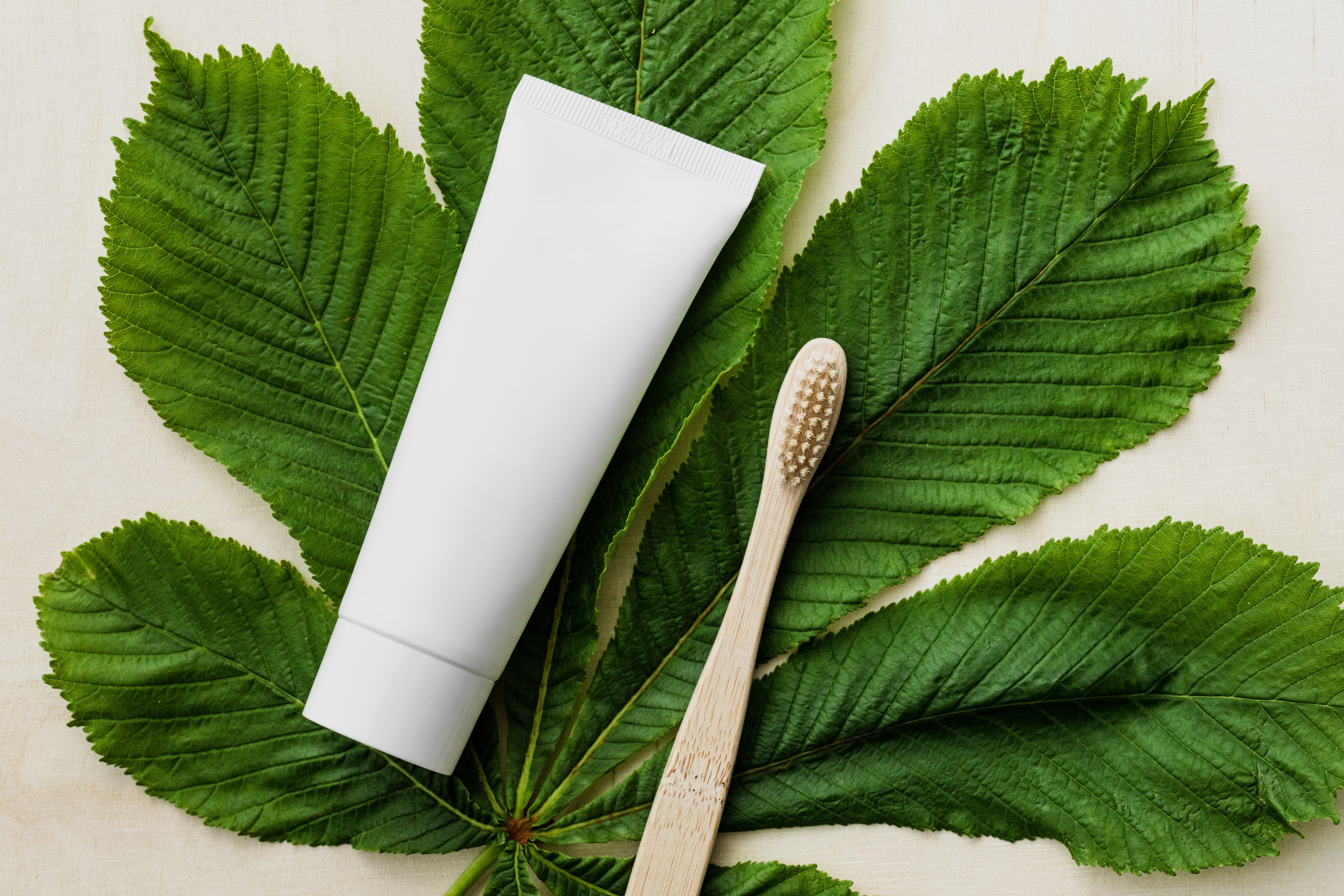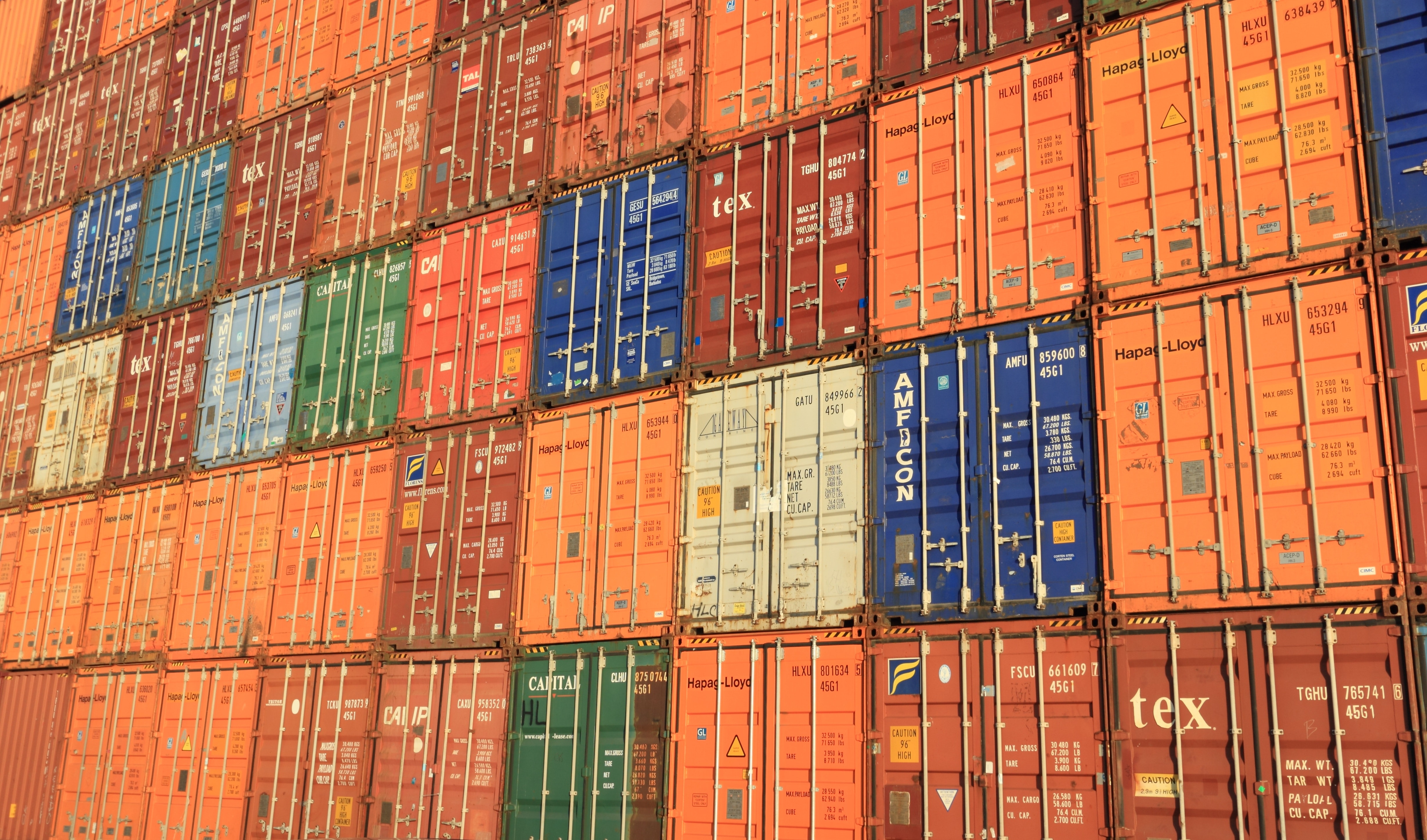Packaging plays a crucial role in keeping products safe, preserving them, and making it easy for consumers to handle and transport them. As a business owner, it's important to understand the differences between primary, secondary, and tertiary packaging so you can make informed decisions about your packaging design and materials.
Product packaging comes in three parts: primary, secondary, and tertiary.
- The primary packaging is the closest to the product and protects it, like a can for a soft drink.
- The secondary packaging adds an extra layer of protection and organizes the products for display, like a corrugated box or shrink wrap for a 12-pack of soda cans.
-
Tertiary packaging is used to protect the products during storage and transportation, like a shipping box or crate that holds boxes of soda cans.
Lets delve deeper into the specific purpose of each type to give you a better understanding:
|
Packaging Type |
Description/Use |
Example |
| Primary |
|
|
| Secondary |
|
|
| Tertiary |
|
|
What Is Primary Packaging?

Primary packaging, also called retail or consumer packaging, is the first layer of packaging that comes in direct contact with a product.
It serves as the first line of defense for your product. It's the closest thing to your product and acts as its immediate container, often representing the smallest unit of sale. It helps protect your product from damage like tearing, impacts, spills, or contamination, while preserving its quality and keeping it contained until it's ready to be used or consumed.
Primary packaging ensures that the product reaches the consumers in good condition. Would you buy a product with torn or damaged primary packaging? Probably not.
That's why having strong, reliable primary packaging is so important. Damaged packaging can drive customers away from your product and towards the competition
Primary packaging is also a key player in marketing and sales. A well-designed primary packaging can make all the difference in catching customers' attention and building brand awareness. It’s usually the first thing they'll see when they come across your product. It also serves as an identifier, displaying important information like instructions for use and expiration dates.
Examples of primary packaging include the following:
- Tubs of ice cream
- Bags of chips and coffee
- Tin cans of canned goods
- Tubes of gel and toothpaste
- Pouches of milk and cereals
- A cardboard box of electronics
- Bottles of milk and nail polish
- Cans of beers and soft drinks
- Blister packs for pills and pharmaceutical products
What Is Secondary Packaging?
Secondary packaging is what you often see as display packaging in stores.
Think about the boxes holding glass bottles of perfume or the cardboard boxes of facial mask pouches as you walk down the beauty aisle. It also includes things like the polyethylene shrink film used for frozen food to prevent freezer burn or moisture buildup, ensuring the products stay safe and last longer.
This layer of packaging is important for both protection and organization, making it easier for customers to find what they're looking for.
Unlike primary packaging, secondary packaging does not come into contact with the actual product. While it adds another layer of protection, secondary packaging also facilitates the selling of the products on a larger scale as it holds individual product units or primary packages together.
Ultimately, secondary packaging serves to group a certain number or type of products. It keeps them together and adds reinforcement. It can be removed from the product without damaging or altering its characteristics.
Secondary packaging can also be used for promotion. It can have advertising messages associated with the brand and be used to display the products on the shelf.
As secondary packaging is used to store certain quantities of products, it must also be easy to stack and store. This is important to maximize space during storage and transportation. It can also have other components, such as padding, reinforcement to avoid crushing or denting of the box, and separators, and be customized for easy identification during storage.
For example, a box of cereal pouches from the same brand may have different colors depending on the types or flavors.
Examples of secondary packaging include the following:
- Paperboard trays
- Box containing blister packs of pills
- Cardboard box holding tubes of toothpaste
- Cardboard box containing packs of milk cartons
- Shrink bundling film for a 12-can pack of beers
What Is Tertiary Packaging?

Ever been in the storage room of a supermarket or a clothing warehouse? If so, you might have seen stacks of boxes on pallets or pallets wrapped in stretch film that contain multiple cardboard boxes holding individual products. These pallets are great examples of tertiary packaging, also known as bulk packaging or transit packaging.
This type of packaging is all about protecting products during storage and transportation. By grouping a large number of products together in one package, it makes it easier to handle, move, and store items in a secure and efficient manner.
Tertiary packaging is the outermost layer or the last layer of product packaging, and is most commonly used by manufacturers and warehouses to ship products. Tertiary packaging holds together a large number of secondary packaging or containers into a single unit. This makes it easy to load and unload between warehouses and during transit.
Tertiary packaging helps protect products from rough handling and turbulent transport conditions. With this extra layer of protection, products become more stable and can be stored more efficiently. For e-commerce logistics, tertiary packaging also makes parcels easier to identify with the inclusion of visual brand elements. This makes it possible for products to be handled with care and for the branding to remain intact during transit.
Examples of tertiary packaging include the following:
- Pallets
- Strapping
- Wood crates
- Stretch wrap
- Plastic pallets
- Shipping containers
- Modular cardboard boxes
Why Is It Important to Differentiate Between Different Levels of Packaging?
If you’re a business owner, you need to be aware of the differences between primary, secondary, and tertiary packaging to know what packaging solutions to use and make sure your products are well-protected. This is also important in terms of compliance, cost-effectiveness, branding and marketing, sustainability considerations, and logistics and storage.
Compliance
Primary, secondary, and tertiary packaging serve different purposes and must meet different legal and industry standards. These packaging levels must protect the product, the customer, and the brand, and comply with regulations and labeling requirements.
For example, primary packaging may need to meet food safety requirements for food products, while secondary packaging may need to meet shipping regulations. Additionally, different levels of packaging may be subject to different labeling and marking requirements, such as product information, recycling symbols, and country of origin labels.
Some examples:
1. In the United States, no all-encompassing federal legislation regulates the packaging industry. However, there are regulations, both at federal and state levels, to regulate food, drug, and cosmetic packaging to ensure consumer safety. For example, the U.S. Food and Drug Administration (FDA) requires that package labeling must include the following:
- Nutrition guidelines
- “Best if used by” or expiration dates
- Preparation and handling instructions
- Packaging company's contact information.
Cost-effectiveness
Knowing these three types helps you make smart decisions for your product. You can find the perfect balance between cost and protection, all while meeting regulatory and customer needs.
Each type of packaging serves a different purpose and has its own set of requirements for materials, design, and manufacturing. Using the wrong type can be costly and make your processes inefficient.
For example, using high-end packaging for a product that doesn't need it would simply be a waste of resources. On the other hand, under-packaging a product can lead to damage during transportation and result in returns and waste.
By making the right choices in packaging, you can reduce waste, improve supply chain efficiency, and ultimately save money and increase profits.
Branding and marketing
Differentiating between the levels of packaging can help you create a seamless and cohesive brand packaging strategy. Think of your packaging as an extension of your brand - it should reflect your image, values, and messaging.
Primary packaging is the first thing that your customers will see and interact with, so it's important to make a good impression. A well-designed and eye-catching primary packaging can help your product stand out on store shelves, grab attention, and be remembered by customers. Using high-quality materials and adding convenient features can enhance the customer's experience with your brand and influence their purchasing decisions.
Secondary packaging reinforces your brand's image and messaging by using consistent design elements, color schemes, and logos. The same goes for tertiary packaging - you can add visual brand elements to your pallets for a complete and cohesive brand experience.
Sustainability
Choosing the right type of packaging is crucial for reducing waste, increasing recycling, and promoting sustainability. With a clear understanding of the different levels of packaging, you can ensure that you are using packaging that is environmentally friendly and efficient.
When it comes to packaging materials, some may be more sustainable than others. For instance, primary packaging for food products must be made from non-toxic, food-safe materials, while secondary and tertiary packaging must be strong and durable to protect the product during transit.
Misuse of packaging can lead to waste and inefficiencies in the supply chain, while inadequate packaging can result in product damage and waste.
In today's world, being environmentally responsible is becoming increasingly important. Customers are willing to pay more for products from sustainable or socially responsible businesses.
Read more about how sustainability can boost your business here!
If you are a business owner wanting to switch to eco-friendly packaging, then you need to choose more sustainable packaging materials and design strategies to reduce your environmental impact. This can help you meet customer expectations and legal requirements for environmentally responsible packaging, as well as improve your reputation and competitiveness in the marketplace.
Logistics and storage
Choosing the right packaging level for each product can improve efficiency in the supply chain and help protect your products from damage and contamination. By understanding the different levels of packaging, you can select the best materials and design to meet your specific product needs.
For instance, you may need to use air-tight primary packaging to protect delicate products from moisture or contamination during storage. Alternatively, you may require secondary packaging that offers stability and support for your products during transportation. Knowing the levels of packaging allows you to make informed decisions about what materials and design will best meet your product requirements.
The Bottomline
Product packaging has different types or levels. In particular, primary packaging is the actual container that holds the product. Secondary packaging contains multiple units of primary packaging, and tertiary packaging facilitates storage and transport and consists of groupings of secondary packaging.
Knowing the different levels of packaging helps you choose the right type and amount of packaging. Consequently, this is helpful for the compliance, cost-effectiveness, branding and marketing, sustainability, and logistics and storage aspects of any business.
If you want to create the perfect first impression for your product, consider sustainable packaging materials from Impack. We offer beautifully designed and biodegradable bubble mailers and packing tapes.
For more packaging and business tips and tricks, click here.








Thank you for good information in the packaging types